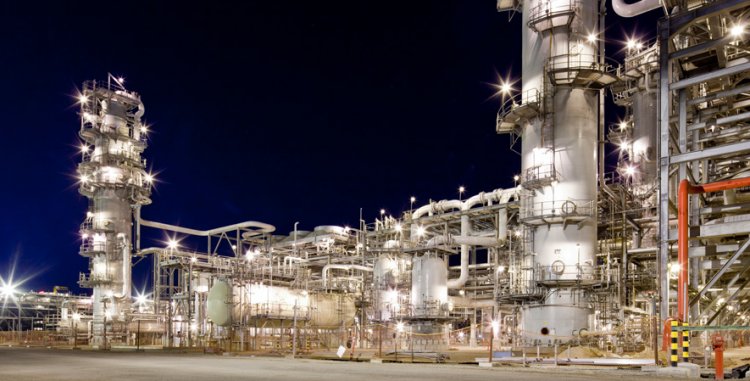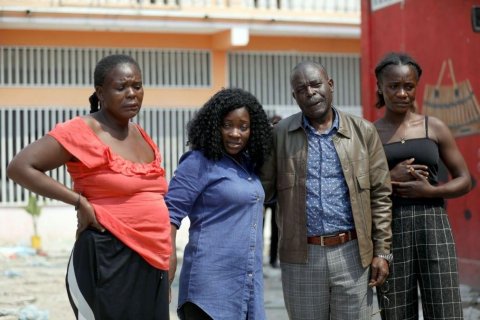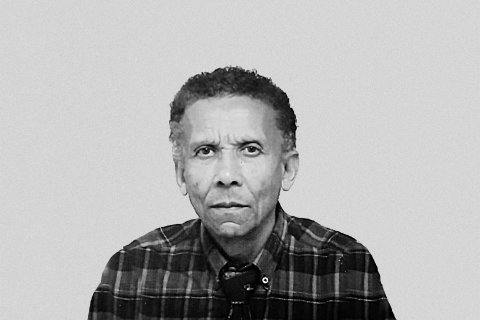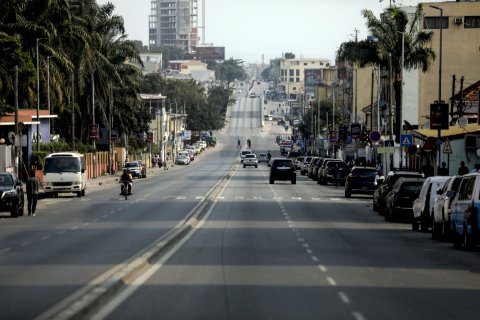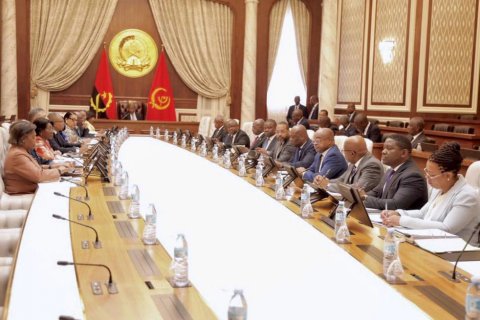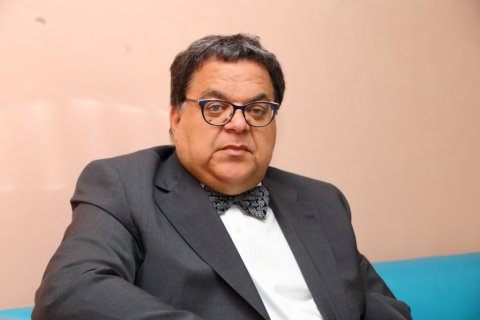José Barroso, who was speaking during the public consultation session on the Natural Gas Master Plan, said that the Government of Zambia presented a proposal, which is being studied, for the construction of an Angola/Zambia (Lobito/Lusaka) gas pipeline, "bringing some private entities with them".
"With the construction of the Lobito Refinery we may have surpluses [of oil] for export, but they also asked us for the possibility of creating a gas line along this route to supply both the Republic of Zambia, but also possibly the Democratic Republic of Congo", he said.
The official highlighted that at the level of the Southern African Development Community (SADC) there is a plan for the distribution and consumption of gas "and Angola has made a commitment there to be, if it has the necessary reserves, one of the main suppliers".
"When we talk about the regional market, it is already in line with the entire PDG [Gas Master Plan] strategy, because that is how the rest of the region sees us, as a possible gas supplier", he highlighted.
José Barroso highlighted that an institution was created on the continent to mass develop a network of "pipelines" (gas pipelines) that can be used to distribute gas in the region.
"We really have a lot of requests from DRCongo, Namibia and South Africa, which is why we included the possibility of feeding these markets in the plan", he added.
During his speech, José Barroso said that the Gas Master Plan's main concern is "to feed the Angola LNG factory", also including using existing infrastructure.
"We have a gas pipeline network in the northern part, in Soyo, and it will be easier before we move to the south, to the east, for us to consolidate this hub in Soyo", said José Barroso, when responding to questions raised during the event.
José Barroso stressed that, to build a second infrastructure, investment is needed and in the event of a gas discovery, Angola LNG would be the priority.
"All the gas that Angola produces is associated with oil, and our concern about finding more gas for Angola LNG is because, with the decline in oil production, the existence of gas also decreases", he highlighted.
Angola LNG currently operates at around 65 percent of its capacity, continued José Barroso, also mentioning that both the State and the consortium aim to seek more gas for this factory.
"All the planning that is being done with the new gas consortium, where almost all of Angola LNG's partners are, is really prioritizing gas", he said.
Angola LNG, in Soyo, is the first Angolan Liquefied Natural Gas (LNG) factory, selling associated gas resulting from oil exploration by oil companies operating in that region of northern Angola.
Asked whether there would be tax incentives for this area, the governor defended the creation of a competitive regulatory framework that allows investment to be attracted.
"Unfortunately, we have a bad habit in our sector of talking about tax incentives, I don't believe we should talk about tax incentives, we should talk about the fiscal framework", he said.
"Today we compete in oil, gas, with other markets, and our objective is to really create a framework that allows the premises raised here for the Gas Master Plan to materialize", he stressed.

